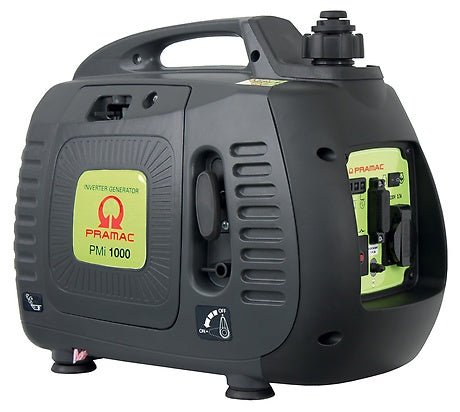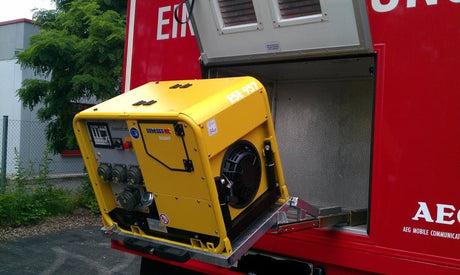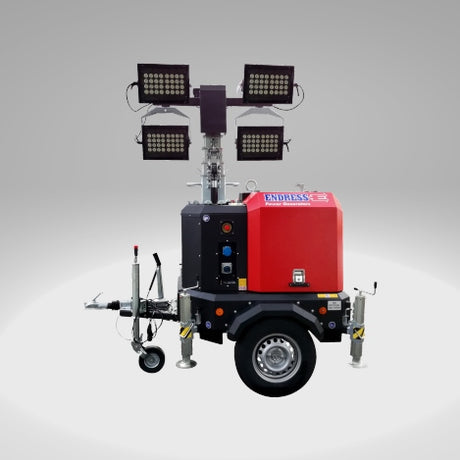Various sockets are used to connect consumers to a power generator.
12V DC connection: This is often used on inverter power generators and is used to supply chargers or to charge the battery.
Schuko socket (Schuko stands for protective contact), also known as type F, is the most common plug for 230V consumers. 1-phase alternating current can be connected, current strength up to 16A. This corresponds to 3,680 watts.
There are two sockets for the conductor P and neutral conductor N, as well as the springs as PE contacts.

CEE 230V Socket (also called European plug or camping plug. 1-phase alternating current can also be connected, current strength up to 16A. This corresponds to 3,680 watts. However, there are three sockets here for conductor P, neutral conductor N, as well as earth conductor PE. This arrangement and the “nose” ensure that the plug cannot twist.

CEE 400VSockets are available for different current ratings (16A, 32A, 64A, 125A). 3-phase three-phase current is transmitted, from 8.83 kW (16A), 17.66 kW (32A), 35.33 kW (64A) up to 69 kW (125A). The plug and socket have 3 conductors (P1, P2, P3), as well as a neutral conductor N and a ground conductor PE. The plugs are twist-proof. The following photo is an example:

The sockets are available with different types of protection against dust and splash water.
In addition, a distinction is made between the assignments depending on the position of the PE. The assignment is named after the hand positions of the clock:

Emergency generators often need to transmit larger amounts of power. This is why terminal strips are often used here, in which the individual conductors are firmly connected to a terminal.





